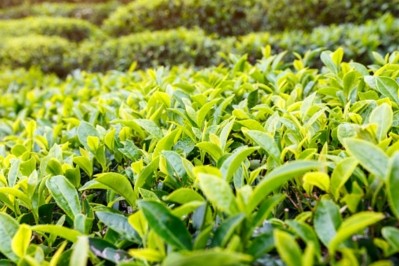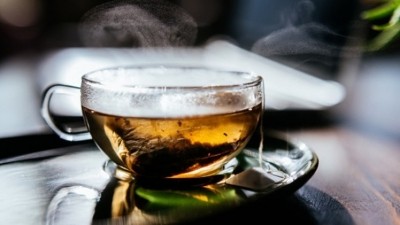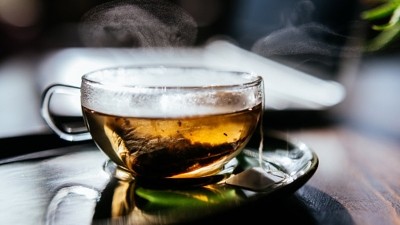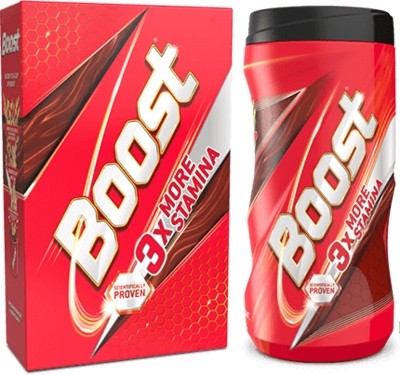Volatile variability: Unilever India stresses caution for food business despite positive growth

HUL recently announced its Q2FY2023 financial results, reporting a 6.4% year-on-year revenue growth to INR153.3bn (US$1.85bn) and 8% year-on-year net profits growth to INR24.7bn (US$298.8mn).
Company executives described this achievement as a ‘resilient all-round performance’, including in its Foods and Refreshment segment covering tea, coffee, health food drinks such as Horlicks and Boost, sauces and other food solutions, and ice cream, which saw 5% overall growth attributed to softening commodity prices and price adjustments.
That said, HUL CFO Ritesh Tiwari stressed that the company would remain cautious in terms of spending and growth strategies especially for the food business, as the near-term outlook is not yet a completely optimistic one.
“The situation on the weather front remains erratic - We have seen unseasonal rains, heatwave and a delayed monsoon plus El Nino has set in early, which could impact latter parts of the monsoon,” Tiwari told the floor during the most recent HUL investors meeting to announce the results.
“While the monsoon has picked up pace of late, spatial variations persist and we have seen unfortunate floods in parts of the country - Consequently, cropping especially of rice and pulses seem to have been impacted.
“Higher reservoir levels and better agri infrastructure should hopefully contain the impact [but] clearly, the operating environment remains volatile and we should be watchful of how these variables pan out.
“We should also continue to be mindful that consumers are still facing high levels of cumulative inflation [and] in this context, we will continue to manage our business with agility and take actions to ensure long-term 4G growth, growth which is consistent, competitive, profitable and responsible.”
This was seconded by new HUL CEO Rohit Jawa who recently assumed the office earlier this year, who said that recovery was on the way, albeit at a gradual pace.
“Inflation is moderating [and] market volumes are recovering, although gradually [including] rural market volume which has just turned positive this quarter,” he told the floor.
“However, we need to be cognisant of the soft base here - On a two-year basis, total market volumes are near flat and rural market volume has declined.
“Moving forward we expect volumes to continue recover but gradually due to the high levels of cumulative inflation and the fact that consumption habits typically recover with a lag.”
Health Food Drinks and potential growth
One of HUL’s major food and beverage success stories in recent times has been the revamp and growth of its Health Food Drinks category under previous CEO Sanjiv Mehta
This was somewhat derailed off track due to inflationary impacts as a result of the pandemic and Russia-Ukraine war, but remains a successful category that Jawa intends to continue building on.
“Health Food Drinks is a category that is bang on the sweet spot of the portfolio that has worked for HUL,” he said.
“It’s purposeful because it serves to fill the deficiency in micronutrients plus it has huge opportunity and space for growth because only a quarter of our households use it and a very wide footprint where we could drive synergies in distribution and supply chain, which we have.
“Some of the core products have been impacted over the last few years by inflation in milk and basic costs, which had impacts on consumption in the heartlands, but we do see penetration and market share growing so I do believe the business is poised for growth in the longer term as long as we get the relevance increased.”






















